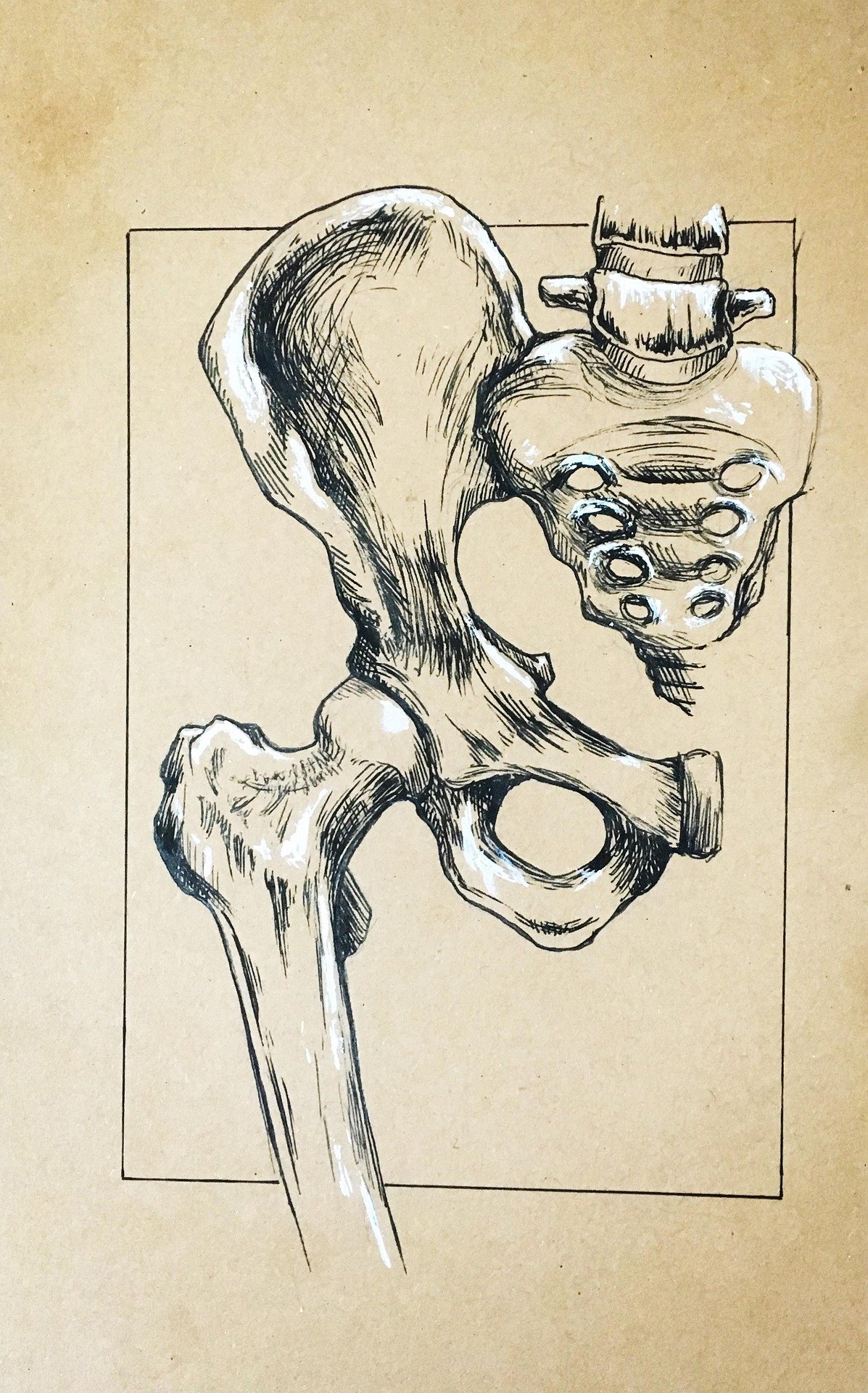1. Testicular pain
Yes, men can benefit from pelvic physical therapy. Testicular pain is often not an issue with the testicle itself, but rather a presentation of a pelvic floor dysfunction. This may be due to pelvic floor muscle overactivity. Referral patterns of pelvic floor or even abdominal muscles can be into the testicles and penis. Additionally, nerve irritation in the abdomen or pelvic floor can also refer pain to the testicles and penis. Pain can be dull and chronic or sharp and shooting and can be treated with pelvic physical therapy.
2. Constipation
Pelvic physical therapy can help with constipation, which can be caused by slow transit or outlet dysfunction. Outlet dysfunction is when there is an issue with the elimination mechanism of stool, and can be caused by factors such as pelvic floor dyssynergia. Physical therapy can address constipation through bowel mechanics and muscle coordination, manual therapy, breathing techniques, strengthening, and diet and lifestyle education. While constipation may sometimes be medically involved, physical therapy can still provide relief for uncomfortable symptoms.
3. Recurrent (and culture negative) UTIs
The European Association of Urology recommends addressing recurrent UTIs with behavior change before prophylactic continuous antibiotic treatment, but the U.S. still mainly uses antibiotics alone. Pelvic floor dysfunction is often linked with recurrent UTIs. Research has found pelvic physical therapy effective in addressing pelvic floor muscle dysfunction that leads to less medication use and fewer UTIs. Physical therapy includes pelvic floor muscle function reeducation, bladder emptying techniques, and voiding interval and water intake education.
4. Hernias
Whether a sports hernia, umbilical hernia, or inguinal hernia, pelvic physical therapy can treat symptoms and help avoid surgery in many situations. Anything predisposing a person to increased intraabdominal pressure can cause hernia including: pregnancy, constipation/chronic staring for bowel movements, lifting heavy loads, abdominal weakness, etc. Pelvic physical therapy can address each item on that list. By learning how to manage intraabdominal pressure and strengthening musculature in all of the regions around a hernia, a person can address the hernia and prevent recurrence in the future.
5. Post-op rehab from any abdominal or gynecological surgery
It is a no-brainer that someone goes to physical therapy after a knee, hip, or low back surgery. Yet most that undergo an abdominal or gynecological surgery never hear a mention of physical therapy. After an abdominal or gynecological surgery, a person can benefit tremendously from manual work to the region, learning pressure management in the region, and regaining strength to the region in order to effectively and safely return to activities they enjoy. Surgeries that warrant rehab after would include: c-section, hysterectomy, prostatectomy, appendectomy, gallbladder removal, prolapse surgery, endometrial tissue excision or ablation, colon or intestine surgeries, hernia repair, and anything that involves laparoscopic or incisions to the abdomen/pelvic/groin regions.
Pelvic health physical therapy at Mend is different. Our pelvic health specialists practice following the most progressive and up to date evidence, give our patients the time and care they deserve, and look at the whole body instead of just the pelvis. Pelvic physical therapy is more than just Kegels!
Schedule an appointment in our Boulder or Lafayette clinic today.

